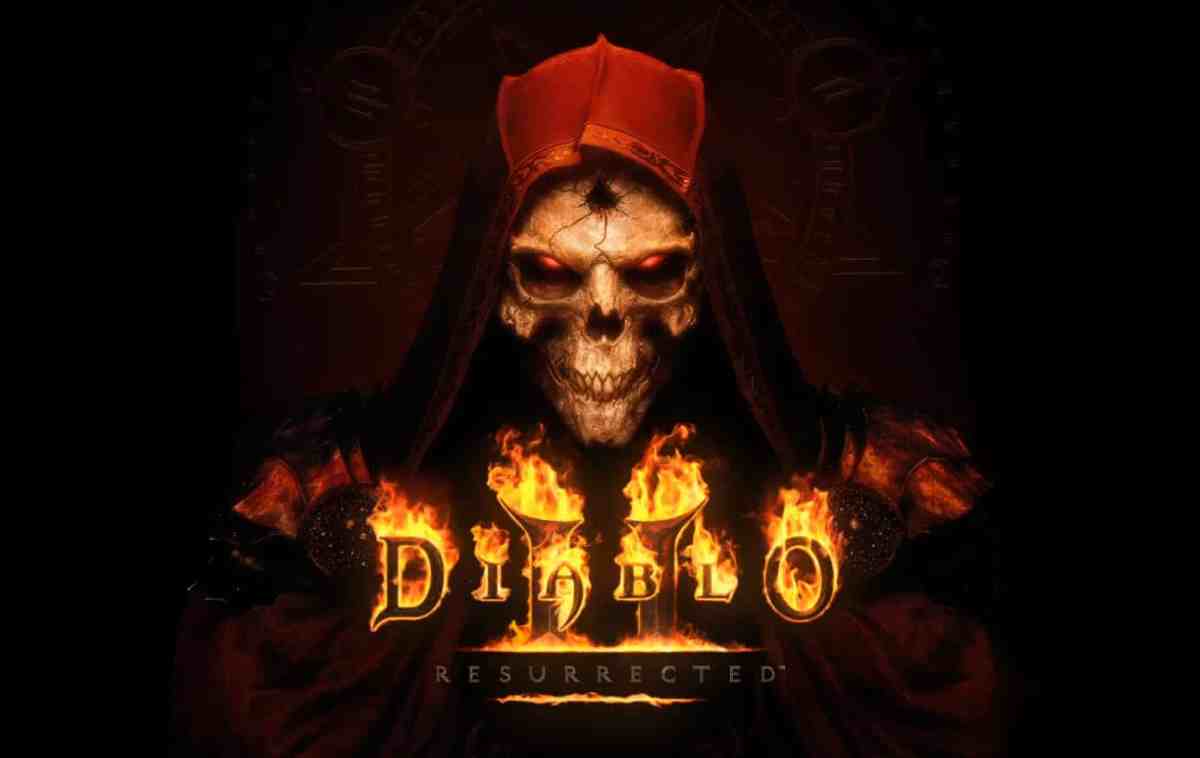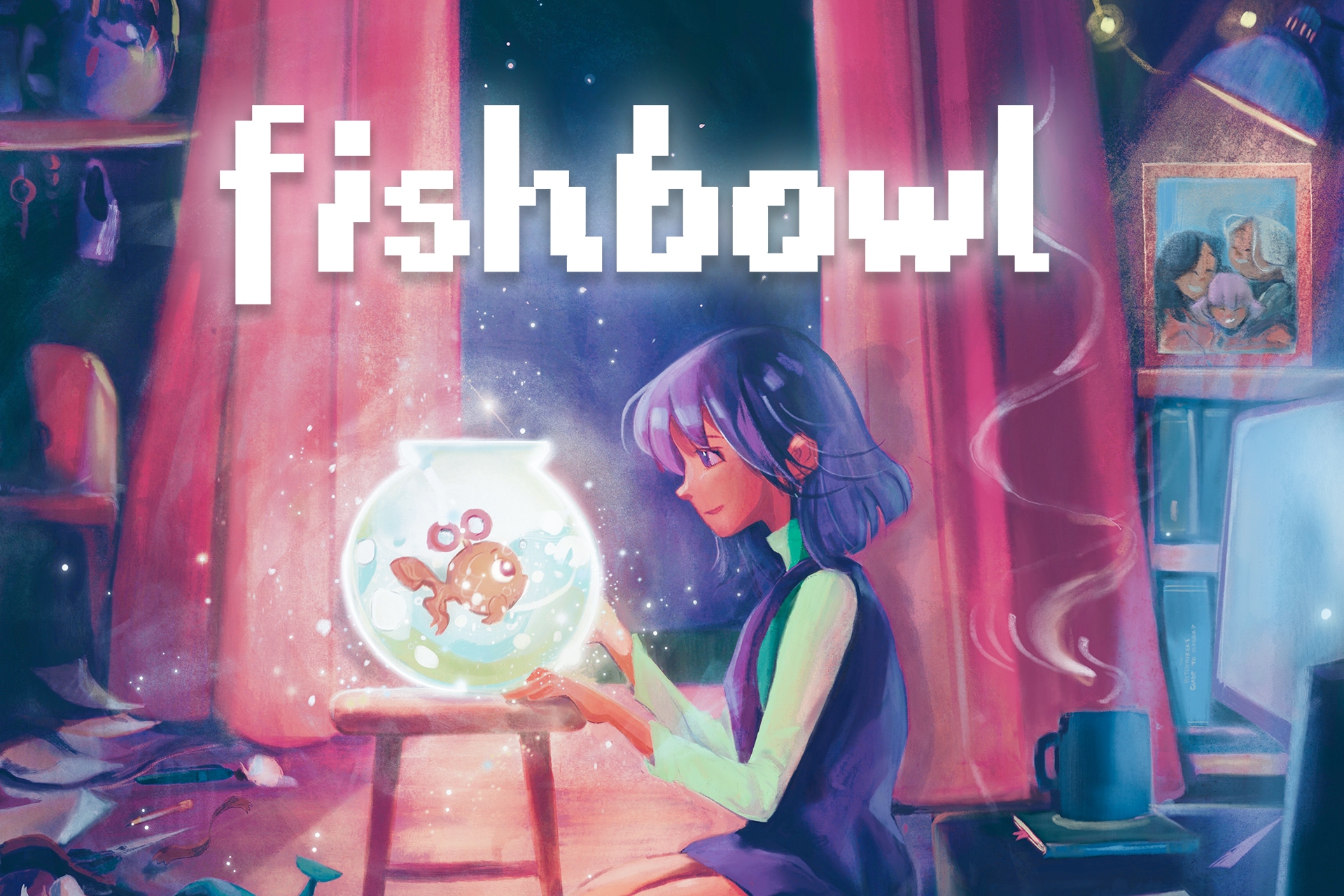Diablo II was a big part of my adolescence. It was my introduction to dark fantasy, action RPGs, and loot-based games more generally. I was obsessed enough to sketch the various characters and demons from the game manual. Hell (pun intended), I even wrote some Diablo fan fiction. Sitting down with the first Diablo II: Resurrected single-player technical alpha was therefore an emotionally complicated experience. Is Resurrected the definitive version of the game I fondly remember from 20 years ago, and is that still a good thing?
The alpha includes Acts I and II out of the overall five and three of the seven playable classes: Amazon, Barbarian, and Sorceress – counterparts to the classes available in the first Diablo. It had some expected, negligible issues one would expect of an alpha, like a few audio bugs, frame rate drops, and Battle.net stability issues (and Blizzard says the final release will not require a permanent connection to Battle.net). But after 15 hours of playtime, I am relieved to say that Diablo II: Resurrected is shaping up to be more or less exactly what I had hoped for.
Diablo and Diablo II influenced every isometric action RPG that followed, from Path of Exile to Hades, so the basic gameplay loop should be familiar enough. You pick a class and go out to fight hordes of fiendish monsters with randomized stats. The monsters drop piles of loot, which you haul back to a friendly hub through a waypoint or portal. There you sell the stuff you don’t need, bank the gold for some particularly attractive purchase or in order to stockpile for a tricky boss fight, and head back out. In the process you earn experience points that make your character stronger, allow you to equip better gear, and purchase new skills that try to add some nuance to the basic gameplay.


Diablo II sets itself apart from some later ARPGs – most notably and controversially from Diablo III – primarily in three ways: its use of a grid-based inventory system, the way it handles healing and mana, and its dark tone and aesthetic.
A grid-based inventory system assigns a finite number of squares as your “backpack” and a certain number of squares to an item depending on its size. For example, a polearm-class weapon in Diablo II takes up eight squares in inventory, whereas a dirk only takes up two. This means that when picking things up you often have to engage in a Tetris-like mini-game to fit it all in. To my disappointment, Diablo III and many other more recent games moved away from this system, and one of my first concerns when Resurrected was announced was that it might be streamlined out of Diablo II as well. Thankfully, it’s here in all its old-school click-and-drag glory.
Perhaps more than any other game I can think of, Diablo II also relies on potion spamming. Belts can hold a maximum of 12 potions (16 in later acts not available in the alpha) arranged in four columns that are activated by pressing one of four keys. The most intense fights frequently involve continuously chugging potions to keep yourself alive and topped up on mana. This doesn’t make the game easy: During especially frantic encounters, it is not uncommon to burn through all 12 potions and try to portal back to town to arrange more into your belt.
However, Diablo III put potion use on a 30-second cooldown, and I was again worried this design philosophy might be applied to Diablo II: Resurrected. As I gleefully scoffed half a dozen potions battling the final boss in Act I, I realized I shouldn’t have been so paranoid.


Indeed, if there is one thing to take away from the technical alpha, it’s that the core gameplay of Diablo II does not appear to have been touched at all. The addition of widescreen support means that enemies can be seen slightly further away than 20 years ago, but in every other respect these are the Diablo II mechanics I remember, down to the maddening difficulty spike of Act II’s final boss and the erratic AI of hireable companions. In fact, in a magic trick reminiscent of the Halo and Halo 2 remasters, it is possible to switch between the original and the remastered versions of the game at any time with the press of a button. The way this works suggests that Diablo II: Resurrected is essentially running a sophisticated overlay of the original.
This brings us to the elephant in the room: the visuals. Even in 2000, Diablo II was criticized for its 640×480 resolution and sprite-based 2D graphics. A mere re-texture or the addition of new lighting was therefore never an option. The backdrops, assets, animations, UI, font – every single graphical aspect of the game – needed a complete overhaul simply to look acceptable on modern hardware and next to current titles.
This needed to be handled carefully. One of the most significant criticisms leveled against Diablo III was its departure from the dark aesthetic of the previous two titles. Most of the time, Diablo II’s story gets out of the way of the action, but what’s there – told through a series of Blizzard’s characteristically well-made cutscenes (to be updated in the final build of Resurrected) – is a dark tale of torture, madness, and the ultimate personal sacrifice. It would not do to skimp on appropriately gritty art.
My initial reaction was mixed. The setting for the first few hours of the original Diablo II always felt like an especially drab, rainy part of the Scottish moors, but there was something about the way it was tied together – perhaps simply the grainy, grizzled unevenness of the pixels – that gave it a kind of punk aesthetic. I don’t know if it’s the washed-out homogenous green of the grass, or the sparsely placed assets, or just the smoothness of the remastered visuals, but the opening of Resurrected somehow manages to capture all the rainy drabness with little of that punk attitude. Fortunately, by the end of Act I’s oppressive monastery setting, I had changed my mind.


Act II, with additional assets for its desert setting and reflections in the marble floors of the Arcane Sanctuary, benefits from the new technology in every conceivable way. I especially came to appreciate the care that has gone into replicating the enemy death animations and sounds. The Devilkin still flip over themselves in the air and spray blood on the ground as they fall, Goatmen still bleat pathetically, special enemies still explode into giant pools of gore – it’s a morbid feast for the senses that helps to keep that core gameplay loop as addictive and satisfying as it’s ever been.
That does, of course, raise the question of how addictive Diablo II: Resurrected might be for newcomers. Given my history with Diablo II, I’m perhaps not the best person to answer to this. However, I wonder if Blizzard could stand to add more optional features. There are already some quality-of-life additions, which can be toggled on or off, such as the option to auto-collect gold by running over it. There is even full controller support. (Although having to pause the game to sort through the inventory, not to mention getting rumble feedback for a kill, felt very strange and I reverted back to keyboard and mouse almost immediately.) But I wonder if Resurrected might benefit from other features as well: perhaps an optional auto-sort for the camp stash or the option to play the game with improved AI and balancing, for example. That might ease the initial barrier that might be presented by some of the game’s older and, by current standards, idiosyncratic features.
The best video game remasters understand balance. Change too little and the effort might look like a rushed cash grab. Change too much and it may no longer feel like the same game. More than 20 years after the original release of Diablo II, changing too little was never an option for Diablo II: Resurrected, but Blizzard appears to be admirably careful about how it approaches this update. I just hope that the final release might find more ways not only to keep legacy players happy, but to entice newcomers to this still brilliant ARPG.






Published: Apr 12, 2021 01:00 pm